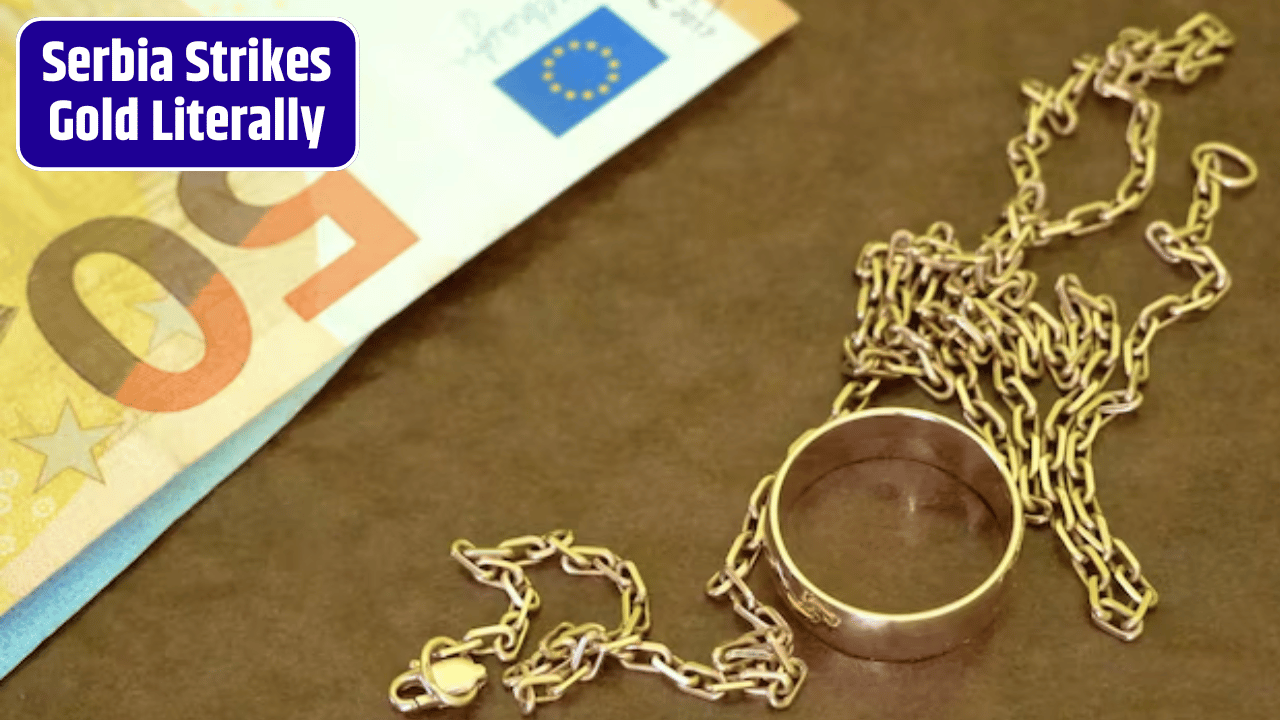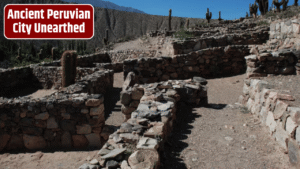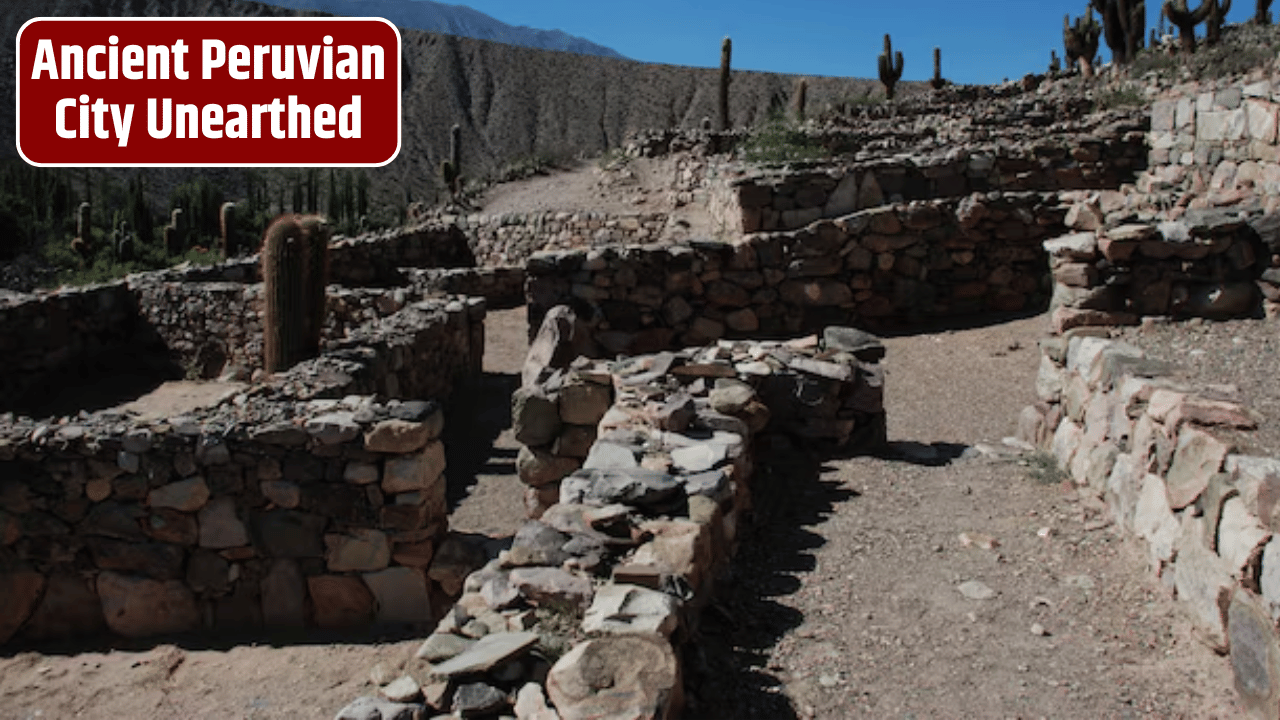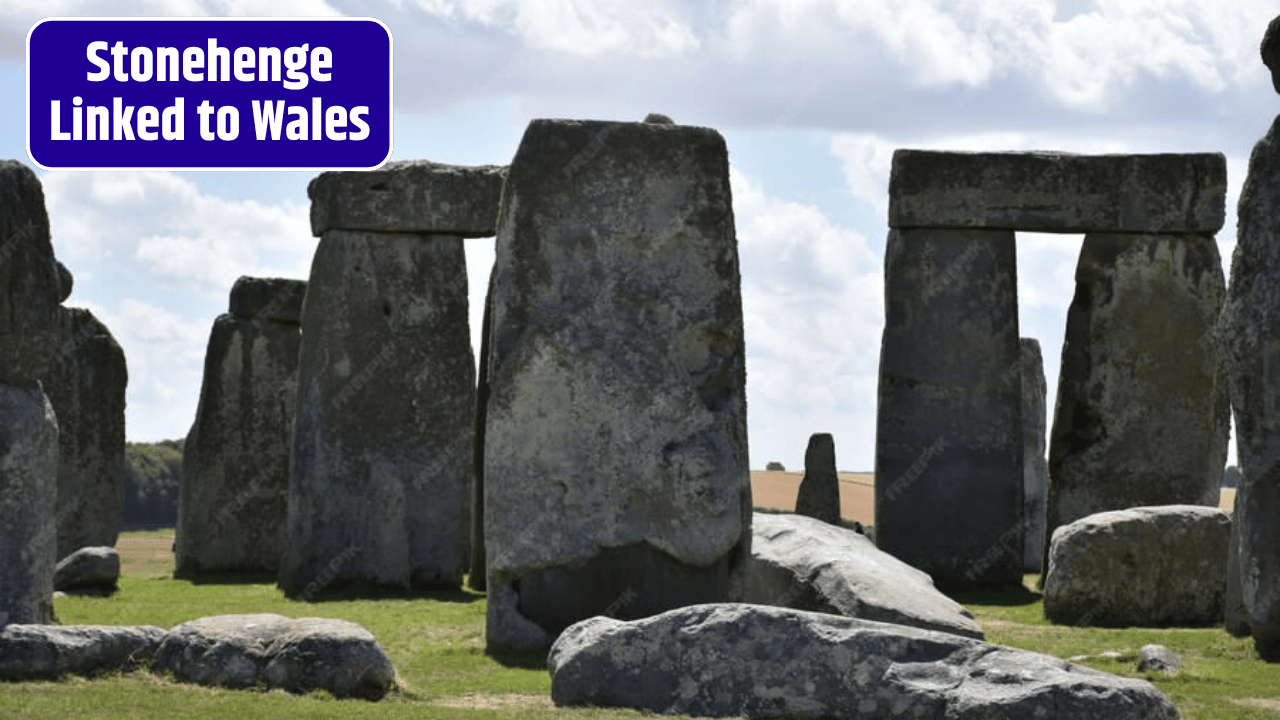In the rolling hills of eastern Serbia, a quiet but monumental shift is underway. What was once an old mining region is now drawing global attention as one of Europe’s most promising new sources of copper and gold. The discovery—centered in the Malka Golaja area of the Timok district—could reposition Serbia as a key player in the world’s mineral supply chain and alter the balance of metals markets for years to come.
Announced by Zijin Mining Group, the find has sparked excitement among geologists and investors alike. Early data suggests that the Timok district’s deposits could become a cornerstone in Europe’s race to secure critical resources for renewable energy, electric vehicles, and advanced technologies.
A Geological Jackpot Beneath the Balkans
The Timok district has been producing minerals for centuries, but what makes Malka Golaja different is its scale and dual-metal potential. Beneath layers of volcanic rock and ancient fault lines lies a geological system that has been reworked by millions of years of heat and hydrothermal activity.
According to Geologia Croatica, Zijin’s latest exploration results indicate:
| Metal | Estimated Quantity | Average Grade |
|---|---|---|
| Copper | 2.81 million tons | 1.87% |
| Gold | 92 tons | 0.61 g/t |
At first glance, those numbers might seem modest compared to mega-mines in Chile or Australia. But the secret lies in the combination: copper for the clean energy transition, and gold for financial and technological markets. Together, they make the Timok discovery a rare “dual-value” deposit—profitable even if global commodity prices fluctuate.
From Ancient Ore to Modern Opportunity
Timok sits within a Tethyan metallogenic belt, a geological corridor that stretches from Eastern Europe to Central Asia, rich in copper and precious metals. Over millions of years, magma intrusions and mineralized fluids built up layers of porphyry copper systems—massive, low-grade ore bodies favored by large-scale miners.
On top of that, high-sulfidation veins concentrated smaller but richer zones of gold and silver. “This geological overlap is what makes Timok exceptional,” explains Dr. Marko Nikolic, a mining geologist at the University of Belgrade. “It offers both bulk-tonnage potential and high-grade pockets—a dream scenario for miners.”
Zijin, which already operates Serbia’s Bor Copper Mine, one of Europe’s largest, plans to integrate Malka Golaja into its broader operations. The company’s ongoing drilling and geophysical mapping could push resource estimates even higher in the coming years.
Why Copper and Gold Matter Now
This discovery comes at a time when both metals are entering new economic chapters.
Copper is no longer just a construction metal—it’s the backbone of the global energy transition. Every electric vehicle requires up to four times more copper than a conventional car. Wind turbines, solar panels, and power grids all depend on it. Yet analysts warn that global copper supplies could fall short of demand by 2030, potentially triggering a “green metal crunch.”
Gold, meanwhile, remains a financial anchor. With inflation volatility and shifting currencies, central banks and investors continue to treat it as a hedge against uncertainty. It’s also vital in high-tech industries—used in everything from semiconductors to medical equipment.
That’s why discoveries like Timok’s are drawing global attention. They don’t just enrich a company—they help secure the raw materials that underpin modern economies.
The Economics of a Discovery
Before anyone starts mining, there’s a long path ahead. The current numbers classify these deposits as resources, not reserves—meaning they’ve been identified but not yet proven economically viable for extraction. Further feasibility studies will assess everything from ore processing costs to environmental impacts and logistics.
Still, early projections are promising. Serbia’s government has already positioned mining as a key pillar of its economic strategy, with the Timok Corridor at its center. If developed efficiently, the Malka Golaja find could:
- Generate thousands of local jobs in engineering, processing, and logistics.
- Boost Serbia’s exports of raw and refined copper.
- Attract foreign investment into Balkan mining infrastructure.
- Support European supply chain diversification, reducing dependence on imports from South America or China.
Challenges Beneath the Promise
Serbia’s mining expansion hasn’t been without controversy. Communities across the country have voiced concerns about environmental degradation and water contamination, particularly after past issues at the Bor complex.
The government and Zijin have promised stricter environmental controls and more transparent engagement with local stakeholders. As global pressure mounts for sustainable sourcing, companies are under scrutiny to balance profitability with environmental and social responsibility.
“Mining in the 21st century must be about stewardship, not just extraction,” says Milena Savic, an environmental policy researcher in Belgrade. “If Serbia manages to set high standards here, it could become a model for responsible development in Eastern Europe.”
A Ripple Through Global Markets
The potential market impact of the Timok discovery reaches far beyond Serbia’s borders. Even before production begins, new copper and gold discoveries influence futures pricing, investor sentiment, and long-term procurement strategies.
For major manufacturers in the energy and tech sectors, news like this is reassuring—it signals that new sources are emerging closer to Europe, potentially stabilizing regional supply chains.
If confirmed and developed at scale, Malka Golaja could eventually contribute up to 2% of global copper output, analysts estimate—small but strategically significant in a market facing looming shortages.
Serbia’s Moment on the Mining Map
What’s happening in Timok mirrors a broader trend: Europe’s search for resource security. As the EU and regional partners push to reduce reliance on imported raw materials, Serbia’s deposits could become a linchpin in the continent’s green and digital transition.
For the local communities around Bor and Zajecar, that future is already being shaped. Roads are improving. New training centers for mining engineers are opening. And as exploration drills continue their slow rotation through the ancient rock, the promise of a modern mining revival grows stronger.
Personally, reading about discoveries like Malka Golaja feels like watching history repeat itself in a more connected age. The same ground that sustained Bronze Age miners is once again shaping global economies—only now with satellites, sensors, and sustainability audits. It’s a reminder that progress often begins underground, hidden until the right eyes—and the right tools—find it.
Zijin Mining and Serbia’s Geological Institute plan to expand drilling through 2025, refining data and moving toward a feasibility study by 2026. If results continue to impress, construction of extraction and processing facilities could follow later in the decade.
By then, the Timok region could transform into a cornerstone of Europe’s critical metals strategy—a bridge between ancient geology and the modern world’s hunger for copper and gold.
FAQs
Where is the Timok mining district located?
In eastern Serbia, near the towns of Bor and Zajecar, within one of Europe’s most metal-rich geological zones.
Who discovered the new copper-gold deposits?
The deposits were identified by Zijin Mining Group after several years of exploration in the Malka Golaja region.
How large are the estimated resources?
Approximately 2.81 million tons of copper and 92 tons of gold, though further exploration may expand these figures.
When will mining operations begin?
Full-scale operations are still several years away, pending feasibility studies and environmental approvals.









